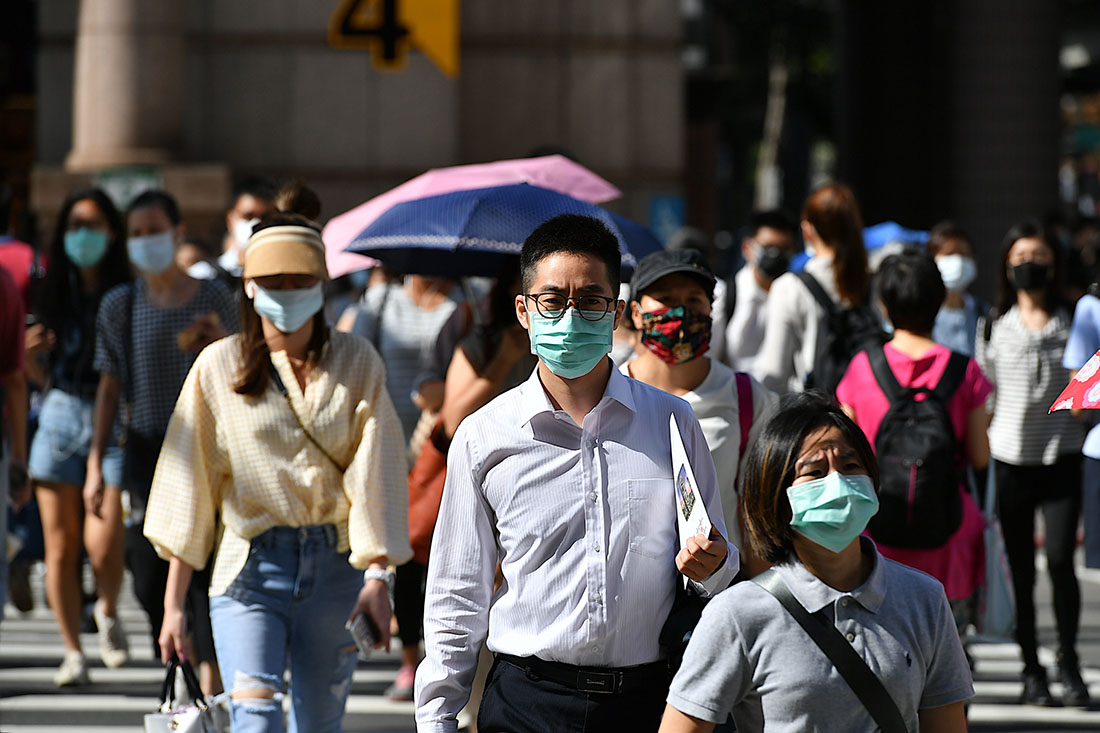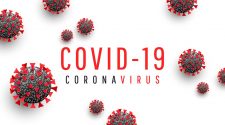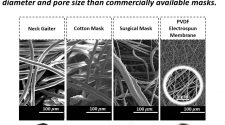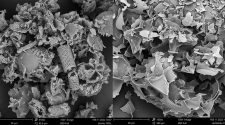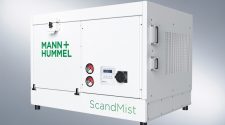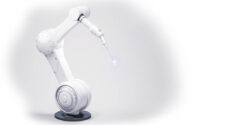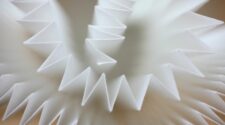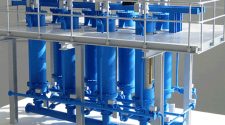The filtration industry needs to take the lead in resolving the COVID problem. Transmission does not come from contaminated food, mosquitoes or fleas. Very little transmission has been traced to surface contact. The new evidence is that small aerosols provide a major route for COVID transmission. These aerosols create viral clouds, which are not deterred by distancing or partitions. They are not deterred by masks, which capture a minority of small particles being exhaled or inhaled. The proactive and best solution is efficient masks and high efficiency air filters. We will cover the filters in my next “True Cost” column, but the focus here is on the masks.
It will be highly desirable for every one of the three billion people in contact with others to wear an efficient mask. With highly efficient washable and breathable media, this is not only feasible from a technology and production perspective but will be very cost effective.
The formulation of the best strategy has to take into account factors relating to the virus, wearer, mask design and environmental conditions. Each of these areas is being analyzed in detail. In this article we will focus on the virus factors.
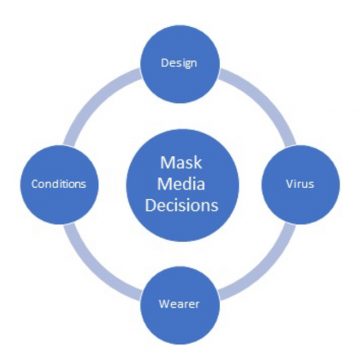
Size and proliferation of aerosols
We breathe in millions of particles per minute but if just 10 coronavirus particles are present, an infection is possible. Small particles such as virus aerosols are invisible. This can provide a false sense of safety. In every cubic ft. of air we inhale we also inhale at least 500,000 particles greater than or equal to 0.5 microns in diameter. We inhale even more smaller particles in the 0.1 to 0.2 micron range, which is the size of the virus.
There are some reports that the minimum infectious dose for COVID-19 can be as low as 10 viral particles. This means that if just a tiny fraction of the particles we inhale every minute are COVID, we can become infected. For comparison purposes a pharmaceutical cleanroom typically is ISO 5 (100 particles/sq. ft. greater than 0.5 microns). The cleanest operating theaters in hospitals are ISO 4 (10 particles/sq. ft. greater than 0.5 microns). The semiconductor industry spends billions of dollars per year to reach ISO 3 (1 particle/sq. ft. greater than 0.5 microns). The task of keeping small particles such as viruses from occupying space is very difficult.
Many of the particles we inhale are long distance travelers. For example, mercury emitted from gold mines in Brazil has been traced to the Artic. When a volcano erupted in Iceland the skies turned dark in Europe for weeks. Italian researchers have found COVID on air pollution particles in the Lombardy region. Recent studies in London link COVID transmission and to higher levels of air pollution.
Another takeaway is that social distancing has limited effectiveness. Viruses travel on cigarette smoke sized particles. So one way to view the task is to think that everyone you encounter is puffing away and you have to avoid even inhaling a few of their smoke particles.
The percentage of virus in aerosols versus larger droplets
Viruses attach to droplets or particles. They are only 0.1 microns in diameter but may be in droplets 20 microns in diameter or larger. Droplets in the 5 micron range can also be generated or can be the result of evaporation of larger droplets. In medical changing rooms in China, higher viral loads have been noted. Viruses are also being aerosolized by cleaning the floor or from disturbances, even air gusts, on surfaces.
Viral load
The viral load varies by individual and activity. A lusty super-spreader singer was able to generate many thousands of aerosols and infect 45 people in just two hours.
Minimum infectious dose
As noted earlier, there are reports that only 10 viral particles is enough to cause an infection. Other views are that it generally requires a large number of particles over a period of time. Since large cough or sneeze droplets don’t travel far, those who believe it requires a large number of particles to cause an infection believe that social distancing is therefore the best way to avoid infection. However, if small numbers of airborne virus particle can cause an infection, then a whole different approach is needed.
Life of virus
The virus is known to remain viable for hours in the air and for days on various surfaces.
It has now been documented that viruses are not necessarily dead, but just dormant as they travel through the air. They can then penetrate the lungs where the moisture revives them.
There are numerous cases tracking aerosols which were originally on surfaces such as floors or clothing.
Mask requirements
Athletes, elderly and those with respiratory problems need to be evaluated separately from the general population and there need to be masks designed for them.
Areas where many people are in close proximity dictate different masks and mask protocols from those where few or any people congregate.
There are many innovations for masks which need to be continually evaluated. Nanofibers and membranes provide alternatives to meltblowns and some new spunbond designs. Mask decontamination or washing is now available, even for media which is subject to losing its electrostatic effect. This opens the door for more expensive designs. In fact a $30 design which can be used 50 times is very cost effective compared to disposables.
Moving forward
There are two new options which need to be considered. They are N80 masks and N95 masks with valves. Both are far superior to the N30 masks being recommended. If both the transmitter and the recipient are wearing N30 masks, the recipient will inhale 49% of the small virus particles. If both wear N95 masks, the recipient will inhale only 0.25% of the virus particles.
But these are not the only choices. Europe is setting standards for N80 and N90 masks. There are regulations in many cities prohibiting the N95 valved mask but its results are equivalent to the N80 and only 10% of the inhalation with N30 masks.
Viral Particles Inhaled with Different Mask Combinations |
|||
| Transmitter | Recipient | ||
| Mask | Emission | Mask | Inhale |
| N30 | 70 | N30 | 51 |
| N80 | 20 | N80 | 4 |
| N95V | 100 | N95V | 5 |
| N95 | 5 | N95 | 0.25 |
There is an opportunity to reduce risk with masks. This requires public support. So options such as valved masks should not be quickly discarded. Valved masks with locks provide even more flexibility to adjust to changing environments.
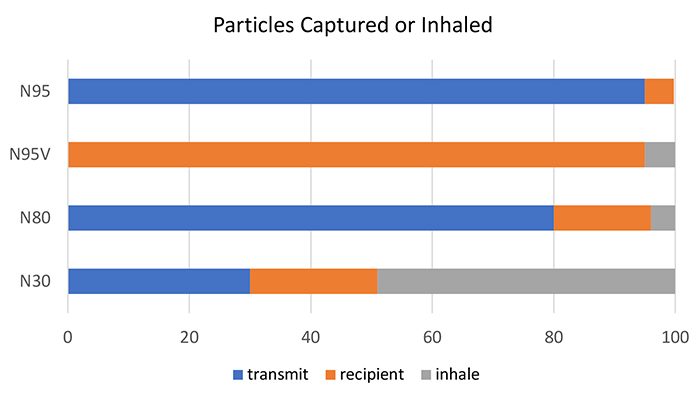
Leadership
The confused approach to masks is similar to the one on particulate emissions after regulations to add acid gas scrubbers were instituted. Because it was difficult to measure particles after a scrubber, EPA would not change the regulation requiring a certain precipitator efficiency despite the additional removal in the scrubber. The scrubber industry waged a multi-year campaign to show that the scrubber removed substantial particulate and successfully persuaded EPA to change the rules.
The filtration industry should show this leadership in the use of masks and filters to win the COVID battle. This entails more research and development, expanded production and an effective information campaign.
For more information on McIlvaine’s “Coronavirus Technology Solutions” report, see http://bit.ly/mcilvaine-coronavirus-database.


